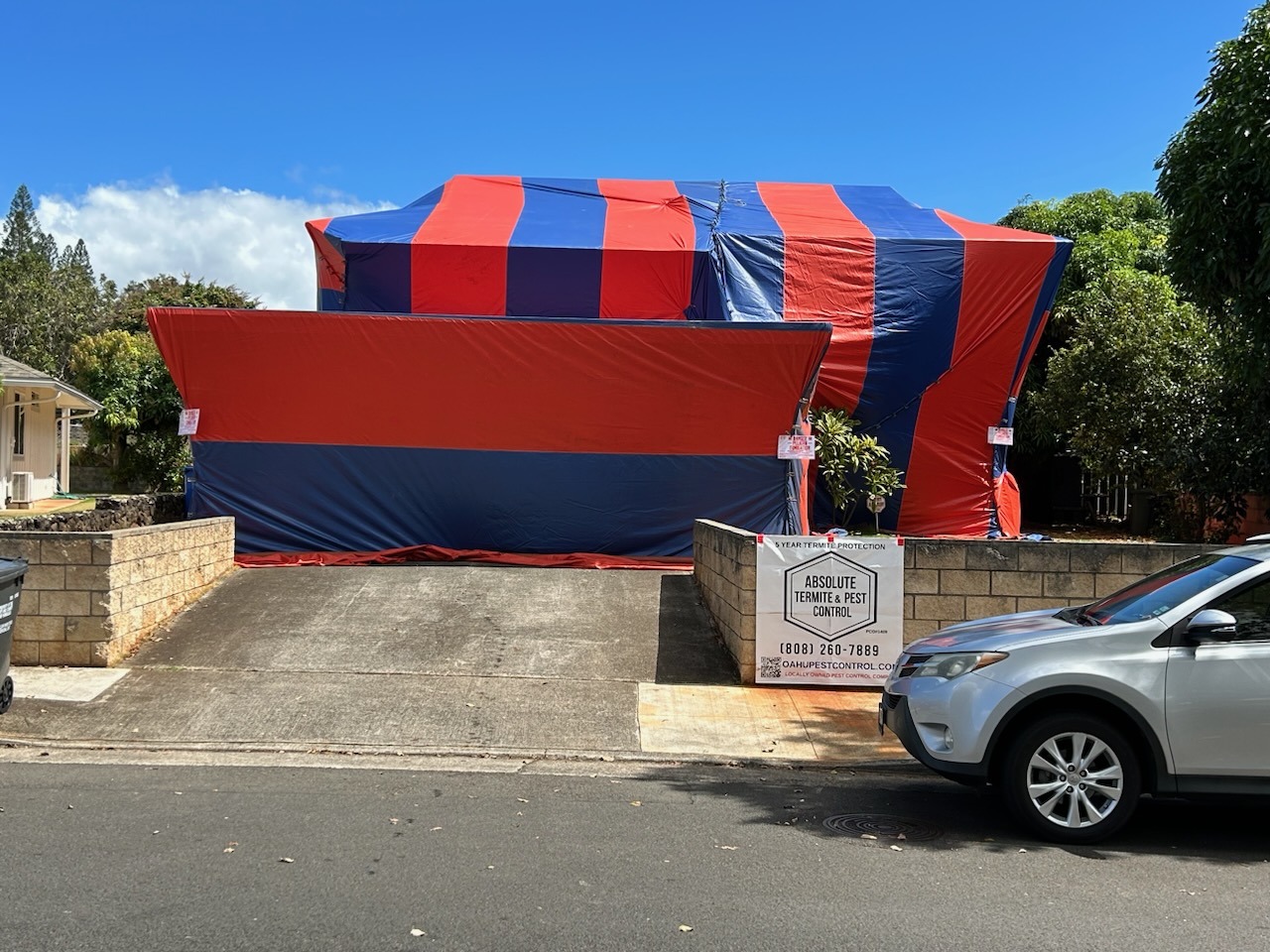Unraveling the Mystery of DryWood Termite Poop: How to Recognize the Telltale Signs.
- Absolute Pest Control Hawaii PCO#1409
- Jul 18, 2024
- 3 min read
Updated: Jul 29, 2024

We know when it comes to the elusive world of termites, the mention of "poop" might evoke a chuckle or two. But, make no mistake, dry wood termite poop is no laughing matter and we can assure you won't be laughing at the pure destruction they can cause!
Did you know dry wood termite droppings serve as a vital clue in identifying the presence of these sneaky pests? Let's take a dive into the fascinating world of dry wood termite droppings and discover how to spot them before they wreak havoc on your beloved abode.
What are Dry Wood Termites?
Before we get down and dirty and talk poop, let's take some time to familiarize ourselves with these elusive creatures. Dry wood termites, unlike their subterranean counterparts, do not require contact with the soil to survive. Instead, these destructive insects nest within the wood itself, feasting on the cellulose content to sustain their colonies. With their ability to thrive in dry conditions, they pose a silent yet momentous threat to wooden structures.
So What's The Scoop on Termite Poop
Appearance and Characteristics

Dry wood termite poop, also known as frass, appears like tiny pellets or granules. Due to us living here in Hawaii a lot of times this goes missed. We often mistaken these piles from a recent trip to the beach. These droppings are typically hexagonal or round in shape, resembling miniature grains of rice. Due to their dry and compact nature, the frass doesn't resemble typical damp or moist excreta often associated with other pests.
Coloration
Drywood frass can be different colors, depending of the color of the wood termites have been eating, but all drywood droppings are six-sided. When drywood termites clean their nests, they push their fecal pellets (remnants of digested wood) out through kick out holes in the wood.
Texture
Dry wood termite frass feels sandy and firm to the touch almost gritty, where as sand can vary in different shades.
Detecting the Presence of Dry Wood Termites
Spotting dry wood termite frass can be a game-changer in uncovering an infestation within your home. Here are some key areas to inspect for signs of termite droppings:
Window Sills and Door Frames
Check these wooden surfaces for the presence of tiny pellets or accumulations of frass. Termites often discard their droppings near entry points or areas where they nest, making these locations prime spots for detection.
Attics and Crawl Spaces
Venture into these less frequented spaces and inspect wooden beams, rafters, and joists for any signs of termite activity. Accumulations of frass may indicate an ongoing infestation that requires immediate attention.
Furniture and Wooden Fixtures
Don't forget to examine wooden furniture, cabinets, and fixtures for the telltale presence of termite poop. Regular inspections can help you catch infestations early before extensive damage occurs.
Conclusion
In conclusion, while the mention of termite poop might not be the most glamorous topic, recognizing dry wood termite droppings can be crucial in safeguarding your home from these voracious pests. By staying vigilant and proactive in conducting regular inspections, you can mitigate the risks posed by these silent invaders. Remember, early detection is key to effective termite control and preserving the integrity of your wooden structures.
So, keep an eye out for those tiny pellets and stay one step ahead in the ongoing battle against dry wood termites!
Remember, vigilance is your best defense against the unseen world of termite activity.
Stay tuned for more insightful pest-related articles and tips!
Who knew there was so much to learn about Poo.
Let us help you today, call us at 808-260-7889 or schedule yourself online today!













Comments